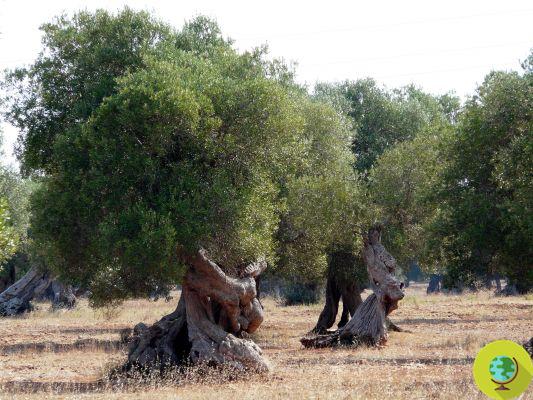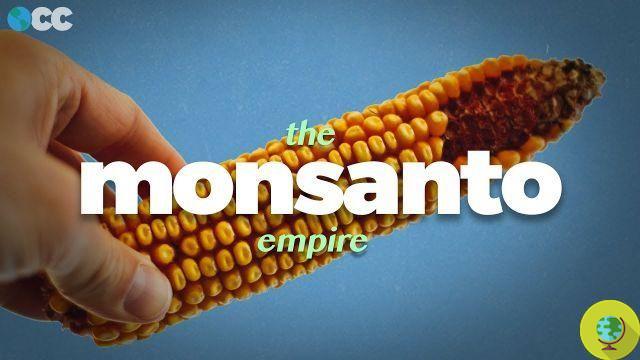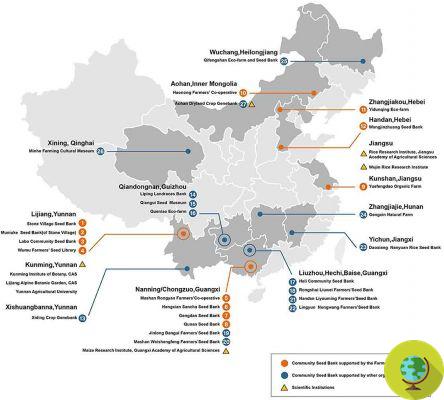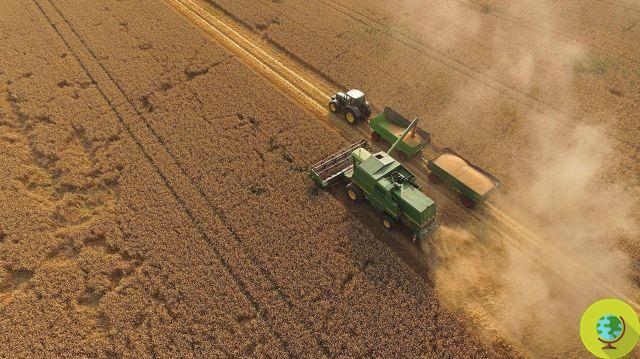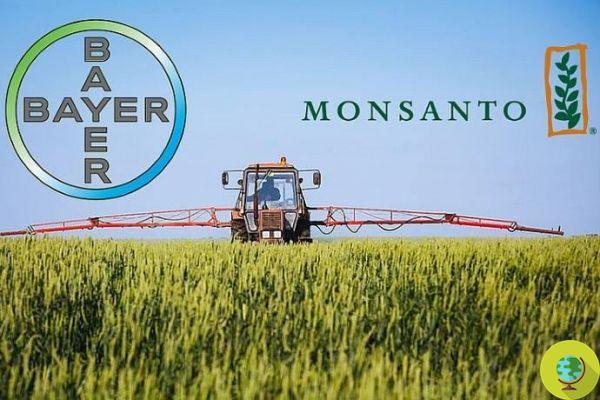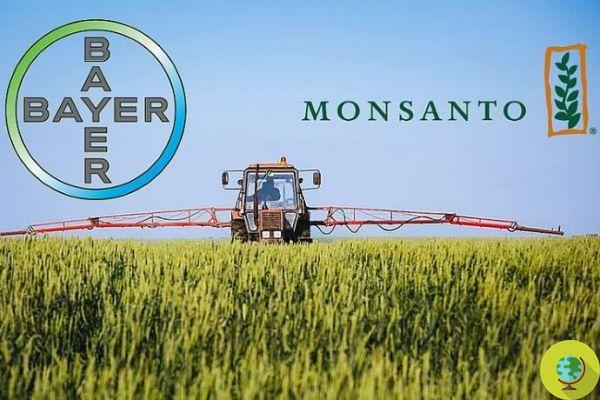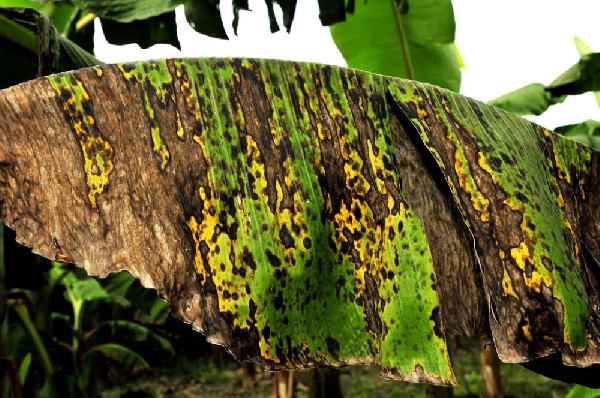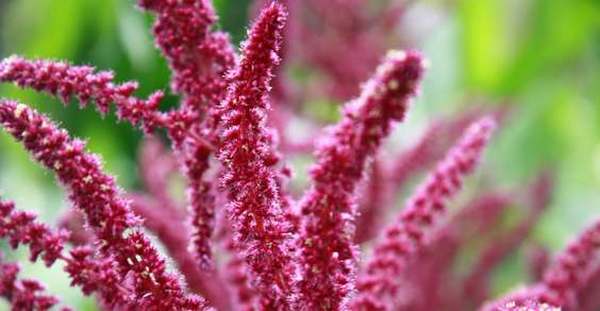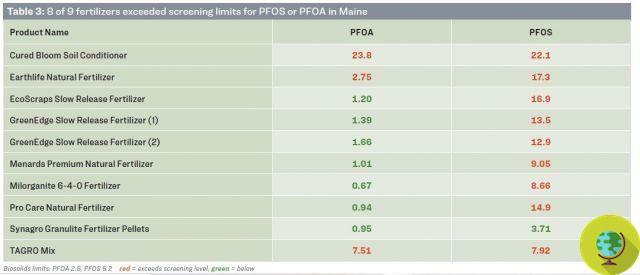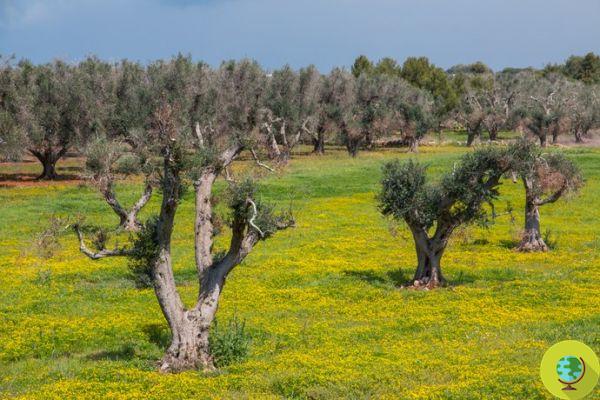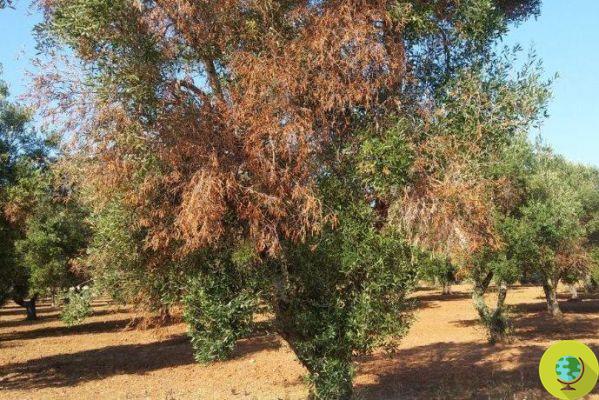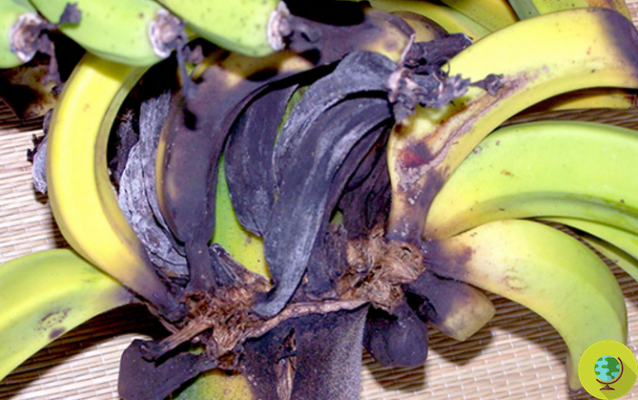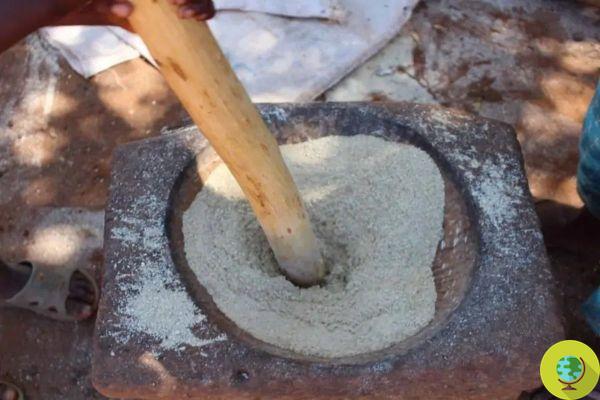
ADRA's program confirms that sorghum helps Madagascar's families and communities overcome long periods of drought
The analysis program carried out by ADRA over the past four years confirms that sorghum helps families and communities in Madagascar overcome long periods of drought.
The Adventist Development and Relief Agency (ADRA) started a food project in southern Madagascar, devastated by a severe drought that burned crops, starving many people. The aim was to minimize the effects of drought on food production in the area, promoting the cultivation of products resistant to aridity, the diversification of crops and the conservation of traditional agricultural practices; part of the strategy also promoted the reintegration of the cultivation of sorghum, a much more drought-resistant cereal, to replace corn.
Il sorghum it is an ancient cereal particularly resistant in dry and arid climates, which does not require a lot of water to grow; it can be ground into flour and used for making bread or as food for livestock; in addition, it is gluten-free.
In southern Madagascar, repeated cycles of drought have led to the destruction of corn plantations, which have affected local communities that derive nourishment and economic support from agriculture. According to ADRA estimates, corn, rice and cassava crops dropped by 95% between 2015 and 2016 alone, leaving 50% of the population (around 845.000 people) in need of food and humanitarian assistance.
ADRA has started the food project to support these communities so plagued not only in terms of food, but also from the point of view of hygiene, health and access to water resources. Among the objectives of the association: to improve practices in the various stages of agricultural production, starting from soil preparation and sowing; sensitize local communities to the choice of sorghum as the main crop, explaining its benefits and advantages; create a network of farmers who can share techniques and information; show how to cook and consume sorghum. Four years into the project, sorghum has been adopted as the main crop by around 30.000 local farmers, which has brought many benefits to communities.
Source: ADRA
We also recommend:
- Sorghum: 8 good reasons to eat this ancient gluten-free cereal more often and how to cook it
- The climate crisis will affect the supplies of coffee and chocolate in Europe
- How a handful of people managed to save Madagascar lemurs from extinction. The film that tells their story




